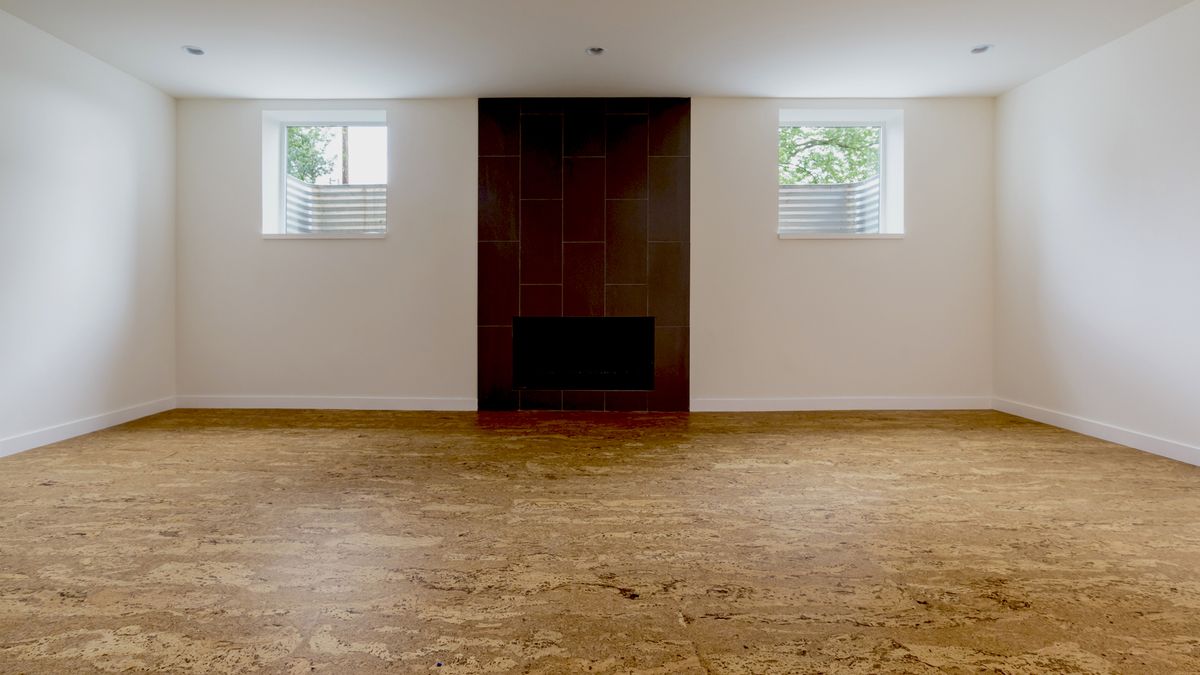

Articles
How To Keep Humidity Out Of Basement
Modified: January 7, 2024
Learn effective strategies to keep humidity out of your basement with these insightful articles. Discover expert tips and techniques to prevent moisture and protect your home.
(Many of the links in this article redirect to a specific reviewed product. Your purchase of these products through affiliate links helps to generate commission for Storables.com, at no extra cost. Learn more)
Introduction
Welcome to our comprehensive guide on how to keep humidity out of your basement. If you own a home with a basement, you may be all too familiar with the challenges that come with excessive moisture in this area. Basement humidity can lead to a wide range of problems, including musty odors, mold growth, and potential damage to your home’s structure.
Fortunately, there are several effective strategies you can implement to prevent and mitigate basement humidity. In this article, we will explore the common causes of basement humidity, as well as provide practical tips to help you maintain a dry and comfortable basement space.
By following these recommendations, you can create a healthier living environment, preserve the integrity of your home, and protect your belongings from the negative effects of excess moisture.
Key Takeaways:
- Preventing basement humidity is crucial for a healthy home. Implementing strategies like improving ventilation, fixing leaks, and using a dehumidifier can help maintain a dry and comfortable living space.
- Regular maintenance and proactive measures are essential for managing basement humidity. Insulating pipes, maintaining gutters, and redirecting outdoor grading are key steps in preventing moisture buildup and potential damage.
Read more: How To Keep Mold Out Of Basement
Why Basement Humidity is a Problem
Basement humidity can pose a significant problem for homeowners. It not only affects the overall comfort of the space but can also lead to a range of issues that impact your health and the structure of your home.
One of the main concerns with basement humidity is the growth of mold and mildew. These fungi thrive in damp environments and can quickly spread throughout your basement if not addressed. Mold spores can cause respiratory problems, allergies, and even exacerbate existing respiratory conditions such as asthma. Additionally, prolonged exposure to mold can lead to more serious health issues.
Excessive moisture in the basement can also damage your home’s foundation and structural integrity. The constant presence of moisture can weaken the foundation, leading to cracks, shifting, and even structural failure. Over time, this can result in costly repairs and compromise the overall stability of your home.
Furthermore, basement humidity can affect the air quality in your entire home. As moist air rises from the basement, it can carry musty odors and allergens throughout the house. This can create an uncomfortable living environment and make it challenging to maintain clean and fresh indoor air.
Finally, high humidity levels in the basement can also attract pests, such as termites, silverfish, and cockroaches. These insects are attracted to moist environments and can cause further damage to your home. By addressing basement humidity, you can minimize the risk of infestations and the subsequent damage they can cause.
Overall, basement humidity is a problem that should not be ignored. By understanding the potential consequences, you can take proactive measures to prevent and control humidity levels in your basement, ensuring a healthier and more structurally sound home.
Common Causes of Basement Humidity
Understanding the common causes of basement humidity is crucial in effectively addressing and preventing this issue. By identifying the underlying factors contributing to moisture buildup, you can take appropriate measures to rectify the problem. Here are some of the most common causes of basement humidity:
- Poor ventilation: Inadequate airflow in the basement can trap moisture and prevent it from properly dissipating. Without proper ventilation, the stagnant air creates a favorable environment for moisture to accumulate.
- Water leaks: Leaks or water intrusion from sources such as foundation cracks, plumbing leaks, or improper drainage can quickly introduce moisture into your basement. It’s important to identify and fix any leaks as soon as possible to prevent further water damage.
- High groundwater levels: If your property is located in an area with high water tables or poor drainage, groundwater can seep into your basement through the floor or walls. This can lead to persistent dampness and increased humidity levels.
- Inadequate insulation: Insufficient insulation in your basement walls and floors can lead to condensation as warm air from the rest of your home comes into contact with colder surfaces. This condensation can contribute to elevated humidity levels.
- Improper grading: If the slope of your yard directs water towards your foundation instead of away from it, rainwater can accumulate around the perimeter of your home. This can penetrate the foundation and result in basement moisture problems.
- Unsealed basement windows and doors: Gaps or cracks around windows and doors in your basement can allow moisture-laden air to seep in. This can contribute to higher humidity levels and create an entry point for water during heavy rainfall.
- Poorly maintained gutters and downspouts: When gutters and downspouts are clogged or damaged, they can’t effectively direct rainwater away from your home. This can result in water pooling near your foundation and seeping into your basement.
Identifying the specific causes of basement humidity in your home is crucial in implementing the appropriate solutions. Addressing these issues will not only help prevent further moisture buildup but also provide a healthier and more comfortable living space for you and your family.
Tips for Preventing Basement Humidity
Preventing basement humidity requires a proactive approach that tackles the underlying causes. By implementing the following tips, you can effectively control moisture levels in your basement and maintain a dry and comfortable environment:
- Improve ventilation: Ensure adequate airflow in your basement by opening windows and using fans to circulate the air. Consider installing a ventilation system or dehumidifier to remove excess moisture.
- Fix any leaks or water intrusion: Inspect your basement for any signs of water leaks or intrusion. Repair any cracks or holes in the foundation, seal off plumbing leaks, and ensure proper drainage away from your home’s perimeter.
- Use a dehumidifier: Invest in a high-quality dehumidifier specifically designed for basements. Set it to maintain optimal humidity levels (around 30-50%) and regularly empty and clean the reservoir to prevent mold growth.
- Insulate pipes and walls: Apply insulation to exposed pipes and basement walls to prevent condensation and moisture buildup. This will also help regulate temperatures and reduce the likelihood of cold surfaces coming into contact with warm air.
- Install a sump pump: Consider installing a sump pump in your basement to remove any water that accumulates due to groundwater seepage or heavy rainfall. This can help prevent flooding and reduce overall moisture levels.
- Maintain gutters and downspouts: Regularly clean and inspect your gutters to ensure they are free from debris and functioning properly. Ensure that downspouts channel water away from your foundation and direct it at least six feet away from your home.
- Seal basement windows and doors: Check for any gaps or cracks around basement windows and doors and seal them with weatherstripping or caulk to prevent airflow and moisture infiltration.
- Check and redirect outdoor grading: Evaluate the grading around your home’s perimeter and make sure it slopes away from the foundation. This will help prevent water pooling and potential water intrusion into your basement.
By implementing these preventive measures, you can significantly reduce basement humidity and create a healthier environment in your home. Regular maintenance and proactive steps will help keep the moisture levels in check and ensure the long-term integrity of your basement.
Improve Ventilation
One effective way to prevent basement humidity is by improving ventilation. Proper airflow helps dissipate moisture, reducing the chances of it accumulating and causing problems. Here are some ways to enhance ventilation in your basement:
- Open windows: Weather permitting, open basement windows to allow fresh air to circulate. This can help reduce moisture levels and improve air quality.
- Use fans: Place fans strategically in the basement to promote airflow. Oscillating or ceiling fans can help distribute air throughout the space, preventing stagnant areas where moisture can accumulate.
- Install vents: Consider installing vents in the basement walls or windows to facilitate the exchange of indoor and outdoor air. This can help reduce humidity and prevent musty odors.
- Utilize exhaust fans: If your basement has a bathroom or laundry area, make sure to use exhaust fans during and after activities that generate moisture, such as showering or doing laundry. These fans will remove excess humidity from the air and prevent it from spreading to other areas of the basement.
- Invest in a basement ventilation system: For more severe humidity issues, you may want to consider installing a dedicated basement ventilation system. These systems include fans and dehumidifiers specifically designed to address basement moisture problems.
- Maintain HVAC system: Ensure that your HVAC system includes the basement in its ventilation plan. Regularly clean and maintain HVAC ducts and vents to prevent blockages and ensure proper airflow throughout your home, including the basement.
Improving ventilation in your basement is a cost-effective and practical way to reduce humidity levels. By implementing these strategies, you can enhance airflow, mitigate moisture buildup, and maintain a dry and comfortable basement environment.
Read more: How To Test Humidity In Basement
Fix Any Leaks or Water Intrusion
Addressing and fixing any leaks or water intrusion in your basement is crucial in preventing and controlling humidity levels. Even small amounts of water can quickly lead to mold growth and increased moisture. Here are some steps to take to identify and fix leaks or water intrusion:
- Inspect for visible signs of water: Regularly examine your basement for any water stains, pooling, or damp spots. Pay close attention to walls, floors, and corners where water is more likely to accumulate.
- Check for foundation cracks: Examine the foundation walls and floor for any cracks or gaps that could allow water to seep in. If you discover any cracks, promptly seal them using an appropriate waterproofing sealant or epoxy.
- Address plumbing leaks: Check for any signs of plumbing leaks in your basement. Look for drips, puddles, or water stains near pipes, faucets, or water supply lines. If you find any leaks, repair them immediately or consult a professional plumber.
- Improve outdoor drainage: Ensure that your downspouts are properly directing water away from your home’s foundation. Extend downspouts at least six feet from the foundation or install splash blocks to prevent water from pooling near the basement walls.
- Consider exterior waterproofing: In cases of persistent water intrusion, you may need to consider exterior waterproofing. This involves applying a waterproof membrane or coating to the exterior basement walls to prevent water penetration.
- Install a French drain: If groundwater is a recurring issue, installing a French drain can help redirect water away from the foundation. A French drain collects and diverts water to a designated drainage area to prevent it from seeping into the basement.
- Consult a professional: If you are unsure of the source of the water intrusion or if it is a complex issue, it is best to consult a waterproofing professional. They can assess the situation and provide recommendations on how to properly fix and prevent further water damage in your basement.
Addressing leaks and water intrusion promptly and effectively is crucial in maintaining a dry basement environment. By identifying and fixing these issues, you can prevent water from entering your basement, reducing humidity levels and minimizing the risk of mold growth and structural damage.
Use a Dehumidifier
Using a dehumidifier is an effective way to control basement humidity and prevent moisture-related issues. A dehumidifier works by extracting excess moisture from the air, helping to maintain optimal humidity levels. Here are some tips for using a dehumidifier in your basement:
- Select the right size: Choose a dehumidifier that is appropriate for the size of your basement. Consider the square footage and the level of humidity in the space. A larger basement or one with high humidity will require a more powerful dehumidifier.
- Place in strategic locations: Position the dehumidifier in a central location within the basement, preferably near areas with high moisture levels or where condensation tends to form. This may include near windows, walls, or areas prone to water leaks.
- Set the humidity level: Most dehumidifiers allow you to set a target humidity level. Aim for a range of 30% to 50% humidity in your basement. This will provide a comfortable and dry environment while preventing excessive dryness that could cause other issues.
- Empty and clean the reservoir: Regularly check and empty the water reservoir of the dehumidifier. A full reservoir can impede its ability to extract moisture effectively. Additionally, clean the reservoir and the unit itself to prevent the growth of mold and bacteria.
- Use continuous drainage: Many dehumidifiers offer the option for continuous drainage. This allows the unit to drain collected water directly into a floor drain or through a hose connected to a sump pump or an outside location. Continuous drainage eliminates the need to manually empty the reservoir.
- Regular maintenance: Follow the manufacturer’s instructions for regular maintenance tasks such as cleaning filters and coils. Keeping the dehumidifier well-maintained ensures its optimal performance and extends its lifespan.
A dehumidifier can be a valuable investment in controlling basement humidity. It helps reduce moisture levels, mitigates the risk of mold growth and musty odors, and improves overall indoor air quality. Remember to monitor the humidity levels regularly and adjust the settings on the dehumidifier as needed.
To keep humidity out of your basement, make sure to fix any leaks or cracks in the walls and foundation. Use a dehumidifier to control moisture levels and consider improving ventilation to promote air circulation.
Insulate Pipes and Walls
Insulating pipes and walls in your basement is an effective way to prevent condensation, reduce moisture, and improve energy efficiency. By properly insulating these areas, you can minimize the risk of humidity and the potential for water damage. Here are some tips for insulating pipes and walls in your basement:
- Insulate exposed pipes: Insulate any exposed pipes in your basement to prevent condensation. Condensation can occur when warm air comes into contact with cold pipes. Use foam pipe insulation sleeves or wrap the pipes with insulation tape to protect them from temperature changes and reduce the potential for moisture buildup.
- Seal wall cracks and gaps: Inspect the basement walls for any cracks or gaps where air and moisture can enter. Fill these openings with an appropriate sealant or caulk to create a barrier against moisture infiltration.
- Consider interior wall insulation: Insulating the interior walls of your basement can help regulate temperature and control humidity levels. Use insulation panels or rolls to cover the walls, ensuring that all gaps and seams are properly sealed.
- Use vapor barriers: Install vapor barriers between the insulation and the interior walls to prevent moisture from penetrating the walls. These barriers create an additional layer of protection against condensation and moisture buildup.
- Insulate basement ceiling: Consider insulating the basement ceiling if you have living spaces above. This will help prevent warm air from infiltrating the basement and reduce the potential for condensation on the basement walls and pipes.
- Consult a professional: If you’re unsure about the proper insulation techniques or the type of insulation to use in your basement, consult a professional. They can provide guidance and ensure that the insulation is installed correctly for maximum effectiveness.
Proper insulation of pipes and walls in your basement can have significant benefits. It helps maintain a drier and more comfortable environment, prevents condensation-related issues, and reduces energy consumption by improving temperature control. Take the time to insulate these areas and enjoy the long-term benefits of reduced basement humidity.
Install a Sump Pump
Installing a sump pump in your basement is an effective way to prevent water damage and control basement humidity. A sump pump helps remove excess water that may accumulate due to groundwater seepage, heavy rainfall, or plumbing issues. Here are some steps to consider when installing a sump pump:
- Choose the right sump pump: There are different types of sump pumps available, including pedestal and submersible pumps. Consider the size of your basement, the level of water intrusion, and your specific needs when selecting a sump pump.
- Determine the sump pump location: Identify the best location in your basement to install the sump pump. It should be placed in the lowest part of the basement, usually in a sump pit or basin, to collect water effectively.
- Create a sump pit: If your basement doesn’t already have a sump pit, you will need to create one. Dig a hole in the basement floor and install a sump pit, ensuring it is deep enough to collect water and accommodate the sump pump.
- Install the sump pump: Follow the manufacturer’s instructions to install the sump pump in the sump pit. Connect the pump to a discharge pipe that directs water away from your home’s foundation, preferably to a suitable drainage area.
- Consider a backup system: To ensure uninterrupted operation, install a battery backup system or a secondary pump. This backup system will kick in during power outages or in case the primary sump pump fails, preventing basement flooding.
- Regularly maintain the sump pump: Test the sump pump regularly to ensure it is in proper working condition. Clear any debris or obstructions that may affect its performance. Additionally, consider annual maintenance by a professional to keep the pump functioning optimally.
- Keep an eye on the sump pump discharge: Monitor the discharge pipe to ensure it is not blocked or frozen in colder months. Regularly inspect the area outside your home to ensure water is being effectively directed away from the foundation.
An installed sump pump can provide peace of mind, knowing that your basement is protected from water damage and excessive moisture. By effectively managing water intrusion, you can reduce basement humidity and prevent potential issues associated with dampness and mold growth.
Maintain Gutters and Downspouts
Maintaining gutters and downspouts is essential in preventing basement humidity caused by improper water drainage. When these components of your home’s external drainage system are clogged or damaged, they can lead to water pooling near the foundation, resulting in water intrusion and increased basement moisture. Follow these tips to maintain your gutters and downspouts:
- Clean gutters regularly: Inspect and clean your gutters at least twice a year, ideally in the spring and fall. Remove leaves, branches, debris, and any other obstructions that can impede proper water flow.
- Check for leaks and damage: Examine your gutters for any leaks, cracks, or loose connections. Repair or replace damaged sections promptly to ensure that water is properly channeled away from your home.
- Install gutter guards: Consider installing gutter guards or leaf screens to prevent debris from entering the gutters. This can significantly reduce gutter clogging and minimize the need for frequent cleaning.
- Redirect downspouts away from the foundation: Ensure that downspouts extend at least six feet away from your home’s foundation. Use downspout extensions or splash blocks to direct water away from the basement and prevent pooling near the walls.
- Ensure downspouts are securely attached: Check that your downspouts are firmly attached to the gutters and the wall of your home. Loose or disconnected downspouts can lead to water seepage near the foundation.
- Monitor drainage during rainfall: During heavy rainfall, observe how water flows through your gutters and downspouts. Look for any areas where water overflows or appears to be diverting towards your foundation. Adjust or repair as necessary.
- Trim overhanging trees: Trim tree branches that hang over your roof and gutters. Falling leaves and twigs can easily clog gutters and obstruct the proper flow of water. Keep trees well-maintained to minimize debris accumulation.
Maintaining your gutters and downspouts is an important part of preventing basement humidity. By ensuring proper water drainage away from your home, you can minimize the risk of water intrusion and reduce the potential for basement moisture problems.
Seal Basement Windows and Doors
Sealing basement windows and doors is crucial in preventing air and moisture infiltration, which can contribute to basement humidity. Poorly sealed windows and doors can allow drafts and water leaks, leading to increased humidity levels and potential water damage. Follow these steps to effectively seal your basement windows and doors:
- Inspect for gaps and cracks: Thoroughly examine the windows and doors in your basement for any visible gaps, cracks, or openings where air and moisture can enter. Pay close attention to the areas around the frames and where the windows and doors meet the walls.
- Use weatherstripping: Weatherstripping is an effective way to seal gaps and create a barrier against air and moisture. Apply adhesive-backed weatherstripping tape or sealant around the edges of windows and doors to prevent drafts and water leaks.
- Apply caulk: Use a high-quality exterior caulk to seal any visible gaps or cracks around the frames of your basement windows and doors. Ensure all seams are properly filled to create a tight seal and prevent air and water infiltration.
- Install door sweeps: Install door sweeps at the bottom of exterior doors in your basement to prevent drafts and water from entering. Door sweeps create a seal between the door and the floor, reducing air and moisture flow.
- Consider window well covers: If your basement windows have window wells, consider installing covers to keep out rainwater and debris. Window well covers not only prevent water intrusion but also help maintain proper ventilation in the basement.
- Check and reseal as needed: Regularly inspect the sealant and weatherstripping around your basement windows and doors. Over time, these materials may degrade or become damaged, compromising their effectiveness. Replace or reseal as necessary.
Properly sealing basement windows and doors is essential in maintaining a dry and comfortable basement environment. By preventing air and moisture infiltration, you can minimize humidity levels, reduce the risk of water damage, and improve energy efficiency in your home.
Check and Redirect Outdoor Grading
Checking and redirecting outdoor grading is an important step in preventing basement humidity and water intrusion. The grading around your home’s foundation plays a crucial role in directing rainwater away from the basement. Improper grading can cause water to accumulate near the foundation, increasing the risk of basement moisture problems. Follow these tips to check and redirect outdoor grading:
- Assess the slope: Evaluate the slope or grading around your home’s foundation. Ideally, the ground should slope away from the foundation to ensure proper runoff of rainwater. Use a level or consult a professional to determine if the slope is adequate.
- Redirect surface water: Identify any areas where rainwater is pooling or flowing towards the foundation. Use compacted soil or landscaping to redirect the flow of water away from the basement. This can be achieved by creating gentle slopes or installing a swale to direct water to suitable drainage areas.
- Install a French drain: If you have persistent water drainage issues, consider installing a French drain. This drain consists of a perforated pipe surrounded by gravel and fabric to collect and redirect groundwater away from the foundation. Consult a professional for proper installation.
- Use downspout extensions: Ensure that your downspouts have extensions that direct water at least six feet away from the foundation. This helps prevent water from pooling near the basement walls and reduces the risk of water infiltration.
- Maintain landscaping: Regularly maintain the landscaping around your home’s foundation. Trim back vegetation to avoid impeding water flow and ensure that plants and mulch are not creating barriers that prevent proper drainage.
- Consider installing a drywell: If redirecting surface water is challenging or if you have excessive amounts of runoff, installing a drywell can be a viable solution. A drywell is an underground structure that collects and slowly releases excess water, preventing it from pooling near the foundation.
- Monitor after rainfall: After heavy rainfall, observe how water flows around your home. Look for any areas where water is pooling or not properly draining away from the foundation. Identify and address any issues promptly.
Checking and redirecting outdoor grading is a critical step in preventing basement humidity and water damage. By ensuring proper runoff and drainage of rainwater, you can minimize the risk of water intrusion and maintain a dry and comfortable basement environment.
Conclusion
Basement humidity can lead to a range of problems, including mold growth, musty odors, and potential structural damage. However, with the right strategies in place, you can effectively prevent and control basement humidity, ensuring a healthy and comfortable living environment.
In this comprehensive guide, we have covered various tips and techniques to help you keep humidity out of your basement. Improving ventilation, fixing any leaks or water intrusion, using a dehumidifier, insulating pipes and walls, installing a sump pump, maintaining gutters and downspouts, sealing basement windows and doors, and checking and redirecting outdoor grading are all crucial steps in managing basement humidity.
By implementing these strategies, you can minimize moisture buildup, prevent mold growth, and reduce the risk of water damage to your basement. Regular maintenance, vigilance, and prompt addressing of any issues will go a long way in ensuring a dry and comfortable space.
Remember, prevention is key when it comes to basement humidity. Regularly inspect your basement, address any signs of moisture or water intrusion, and take necessary measures to maintain proper ventilation and moisture control.
With a well-maintained and properly managed basement, you can create a healthy living environment, protect the integrity of your home, and enjoy a comfortable space that is free from the negative effects of excessive humidity.
Frequently Asked Questions about How To Keep Humidity Out Of Basement
Was this page helpful?
At Storables.com, we guarantee accurate and reliable information. Our content, validated by Expert Board Contributors, is crafted following stringent Editorial Policies. We're committed to providing you with well-researched, expert-backed insights for all your informational needs.
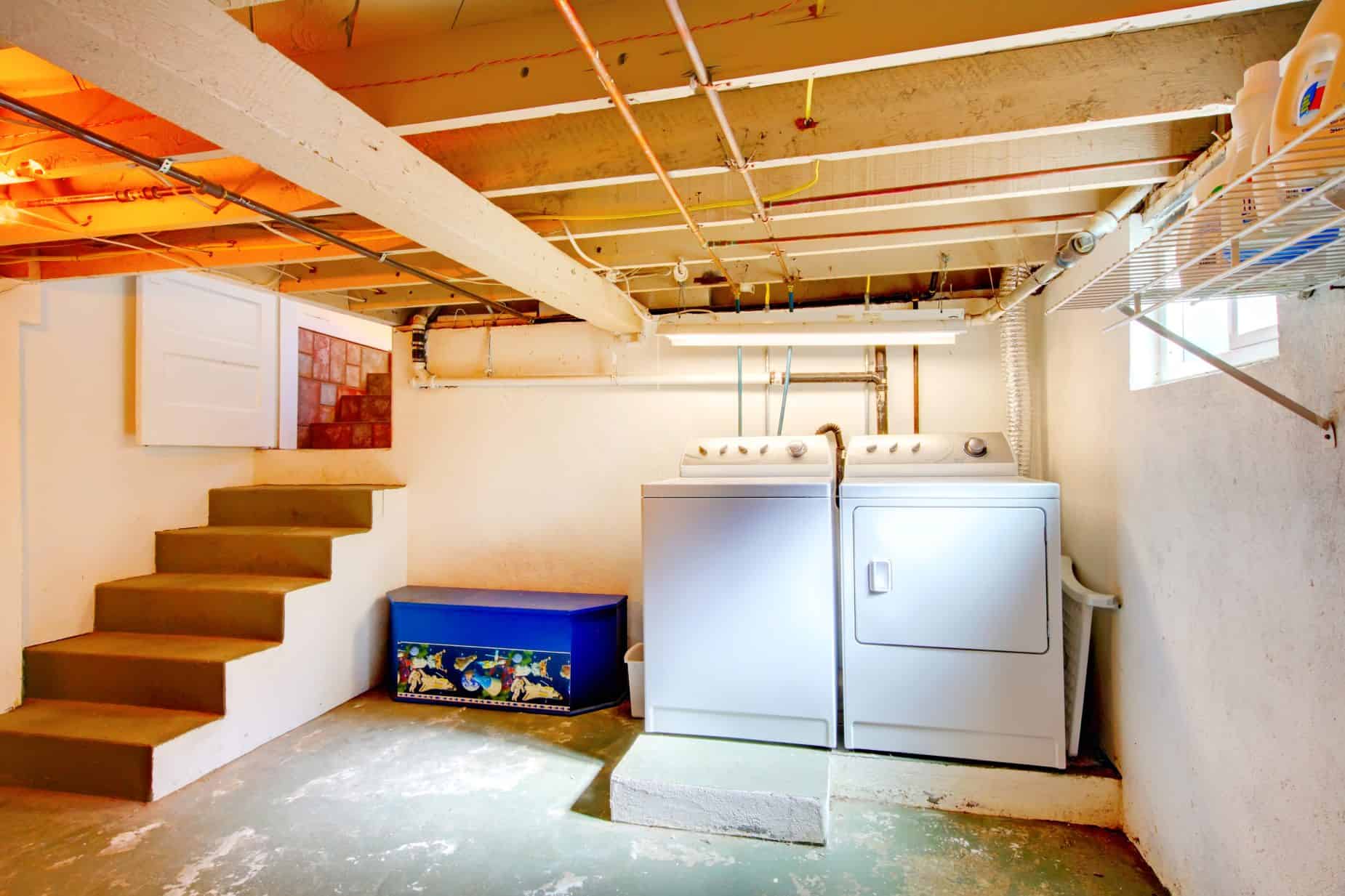
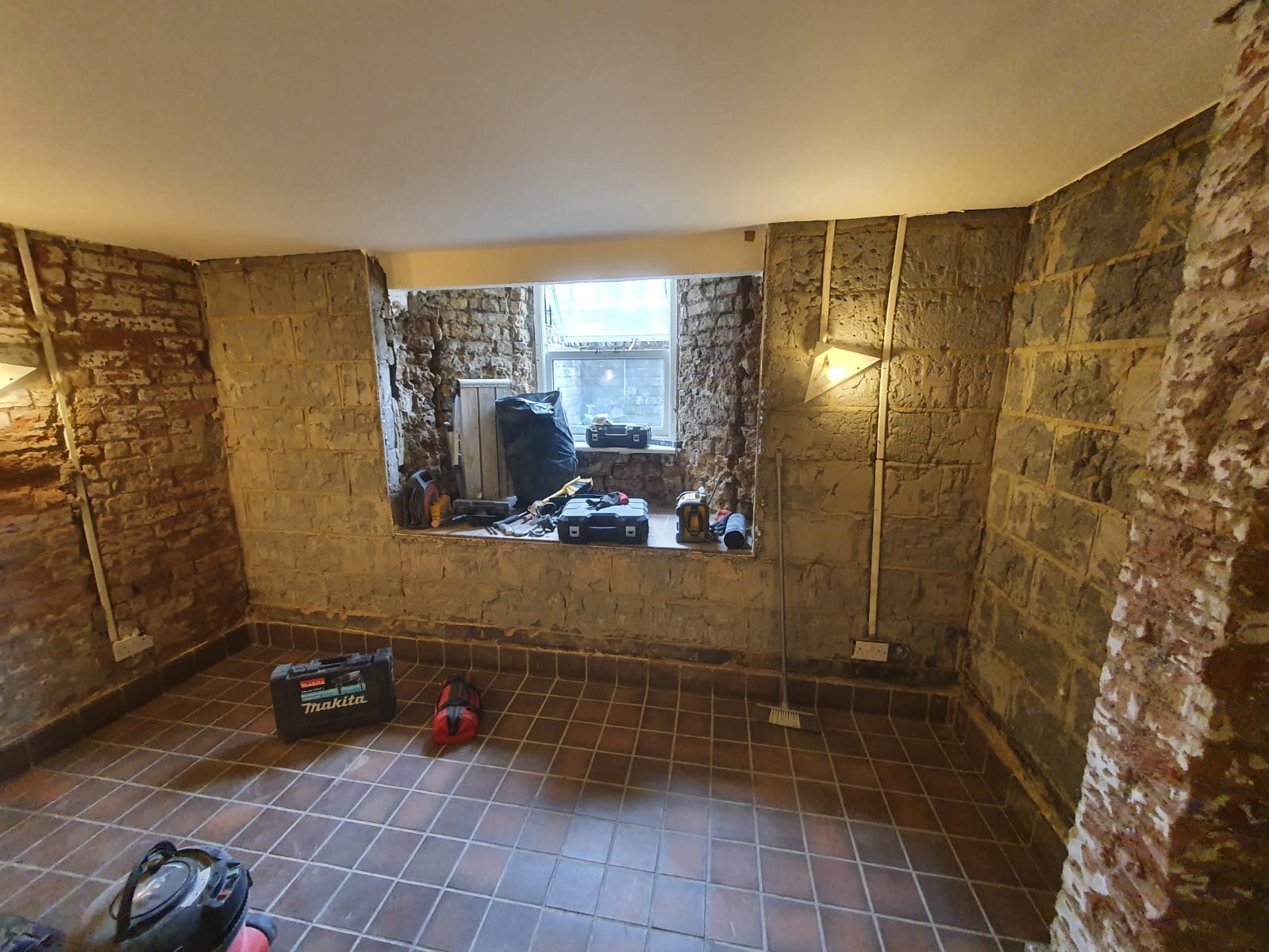
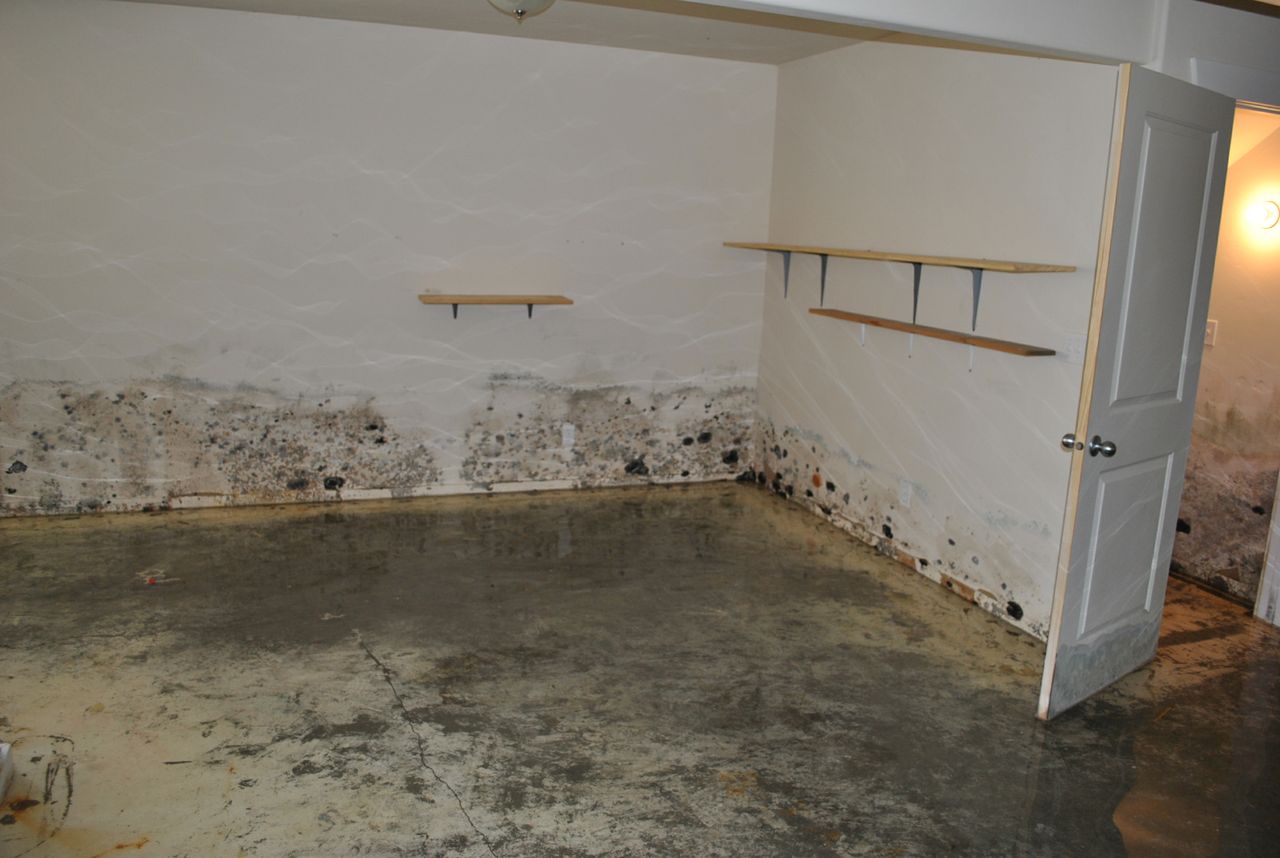
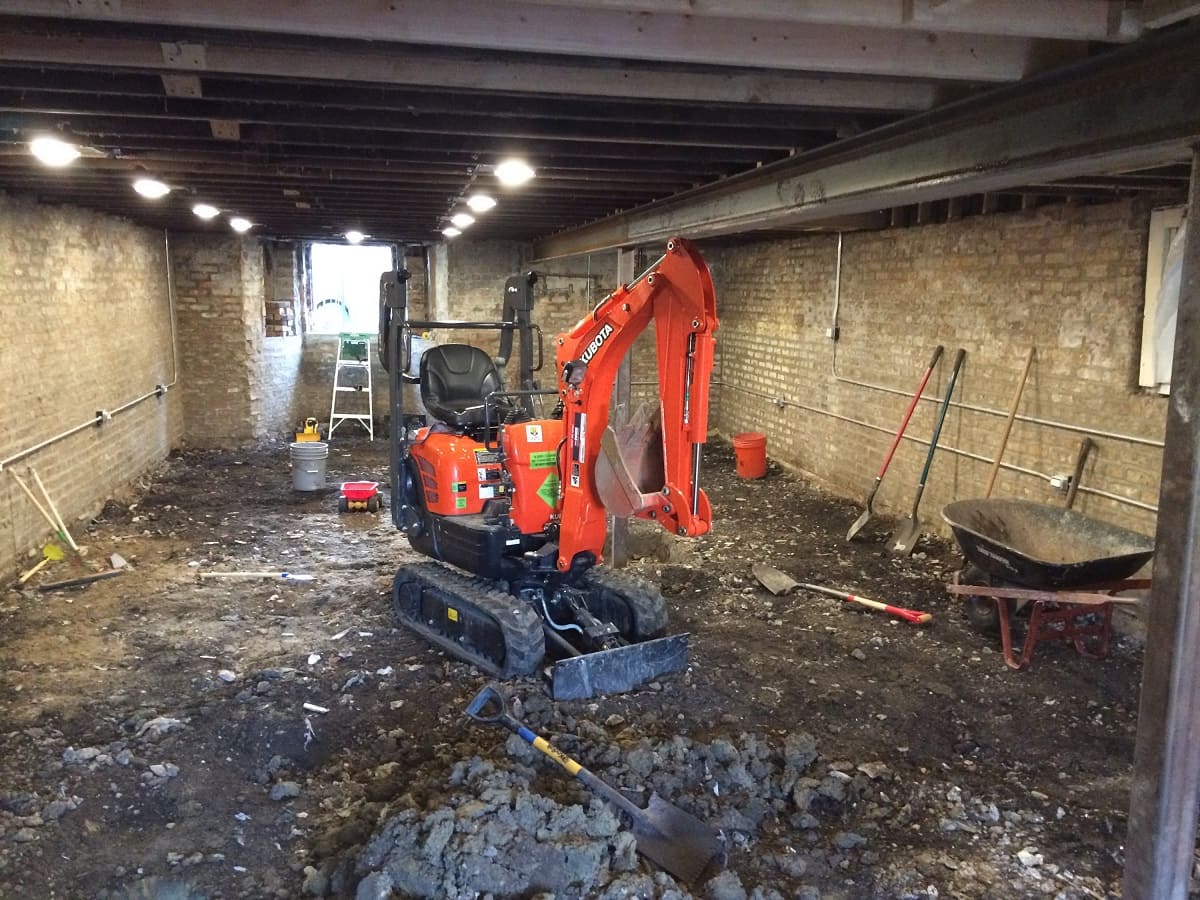

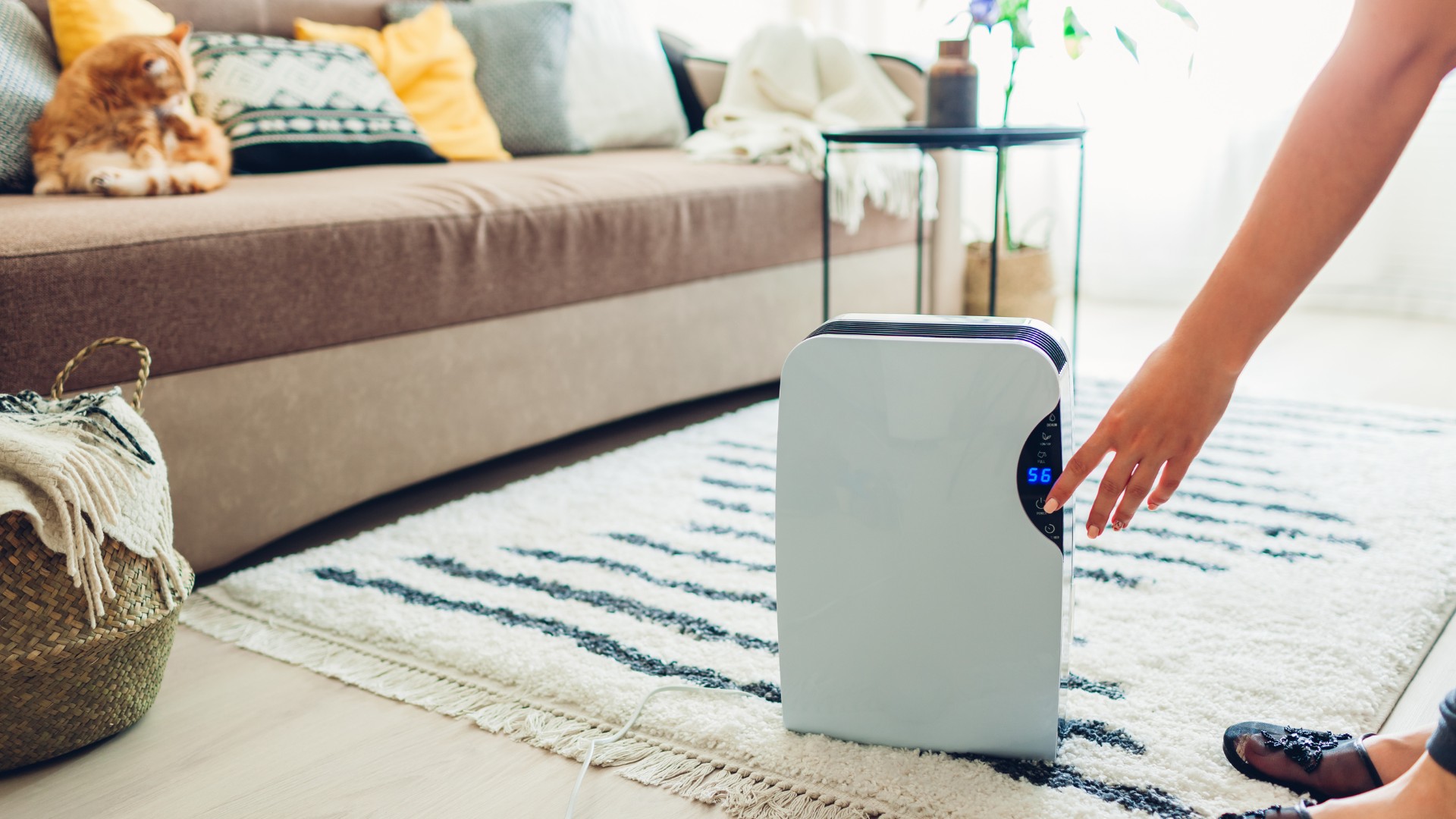
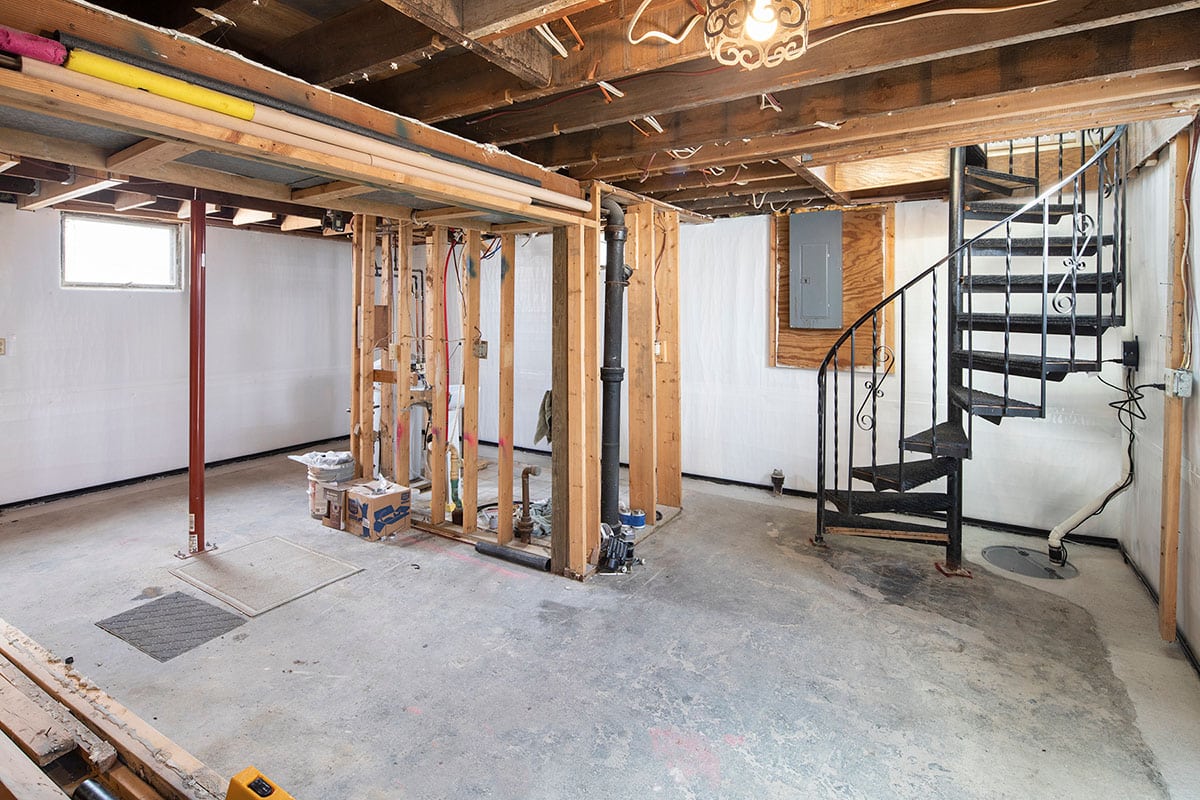
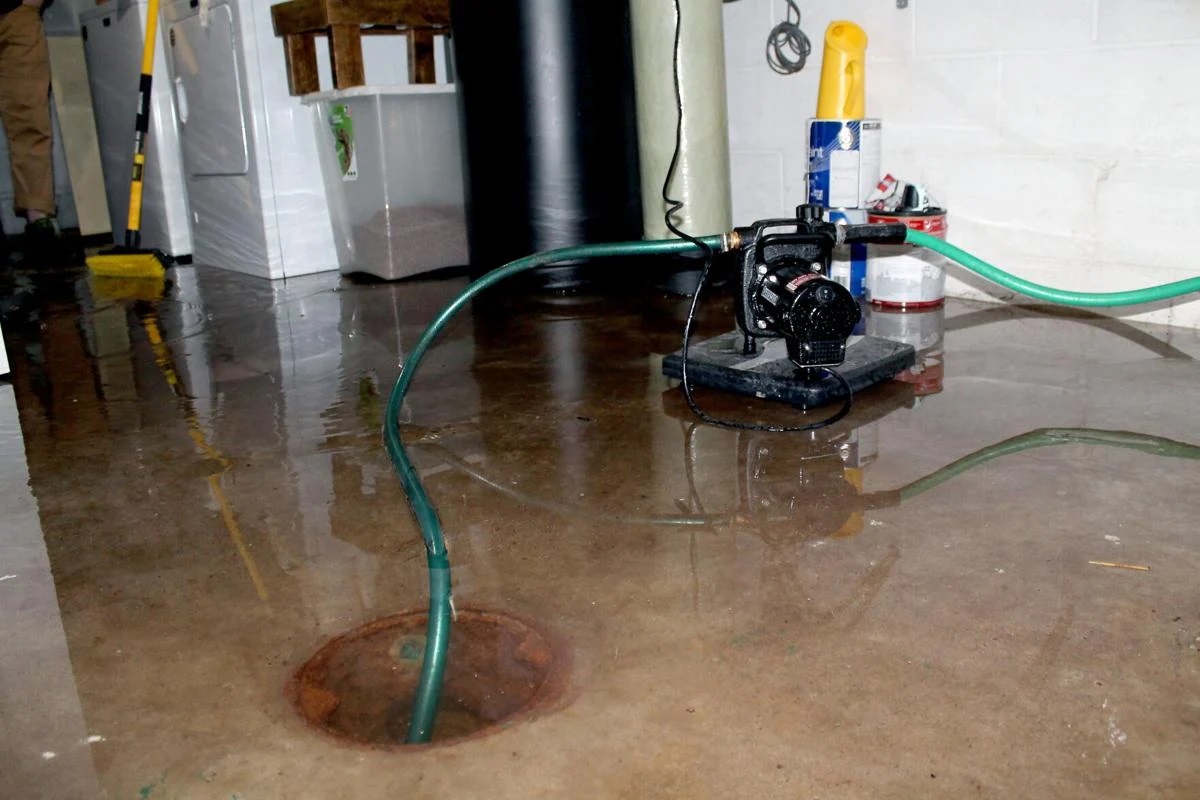
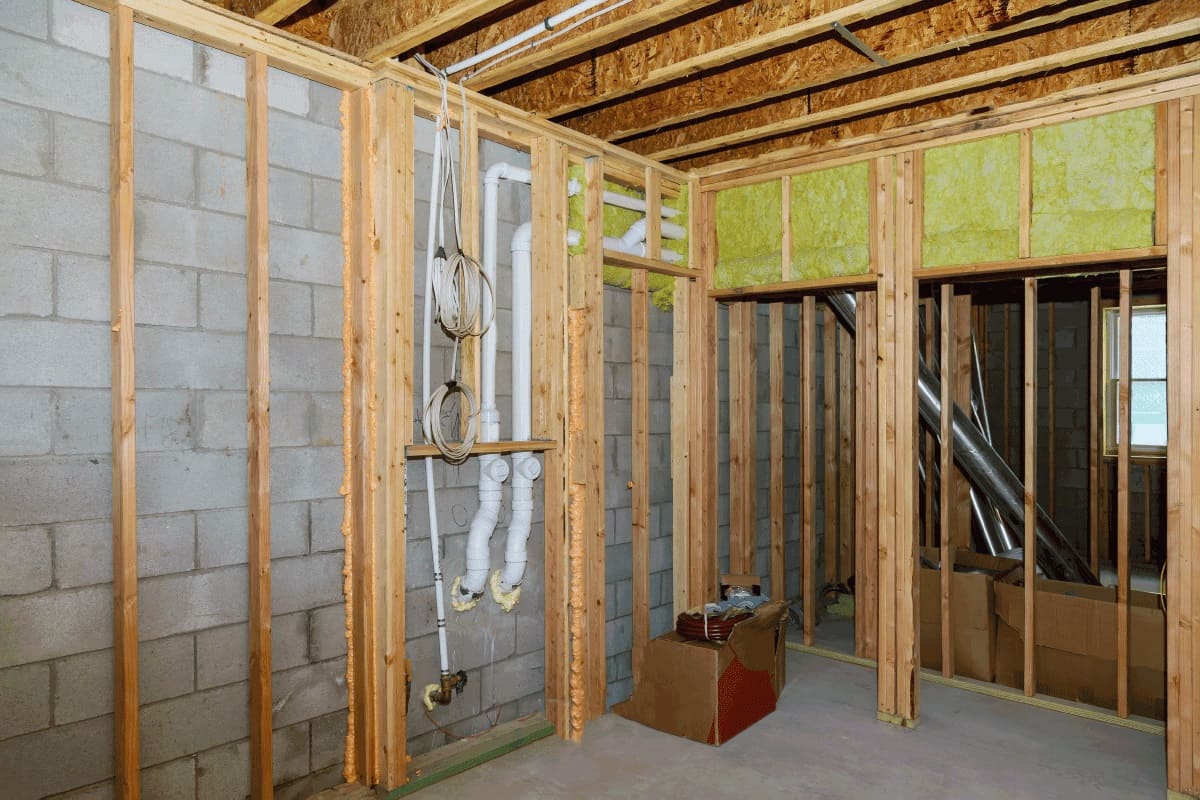
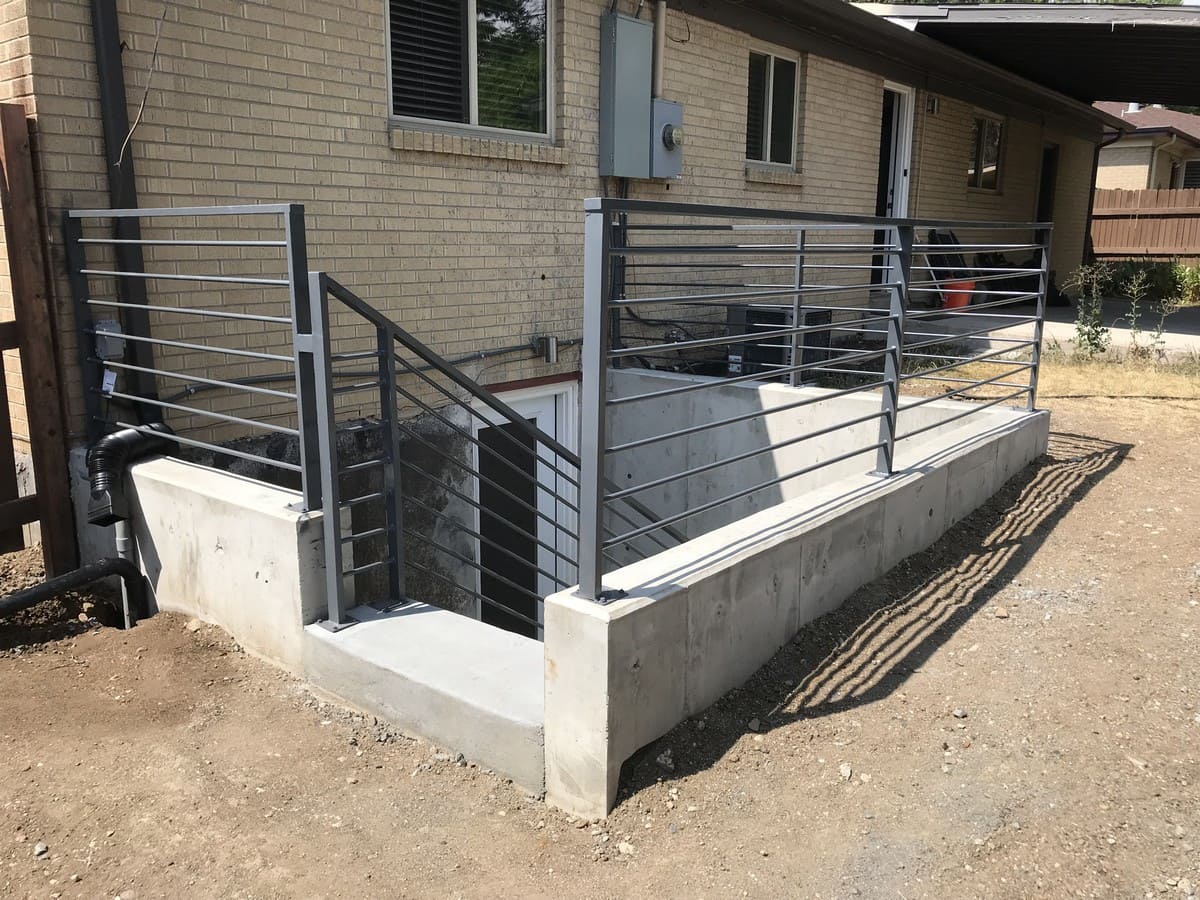
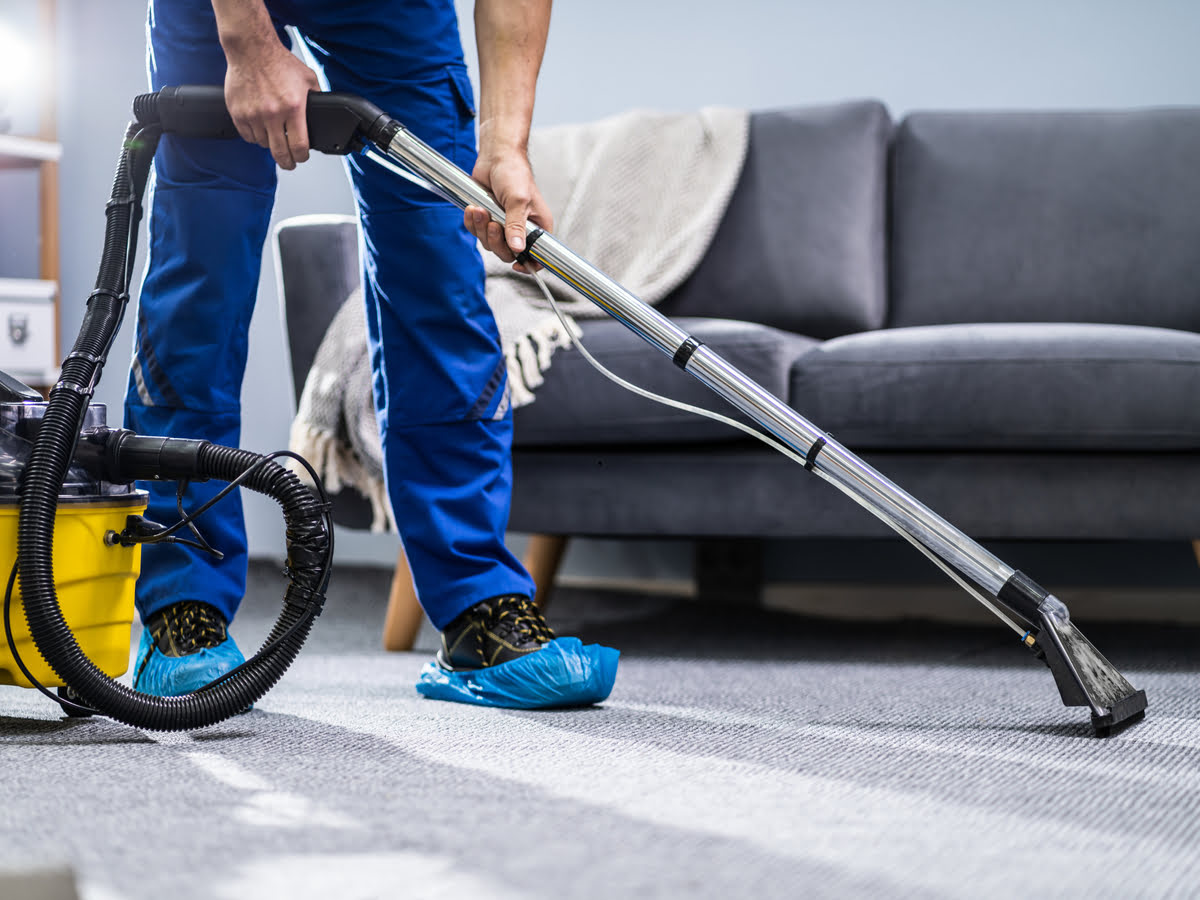
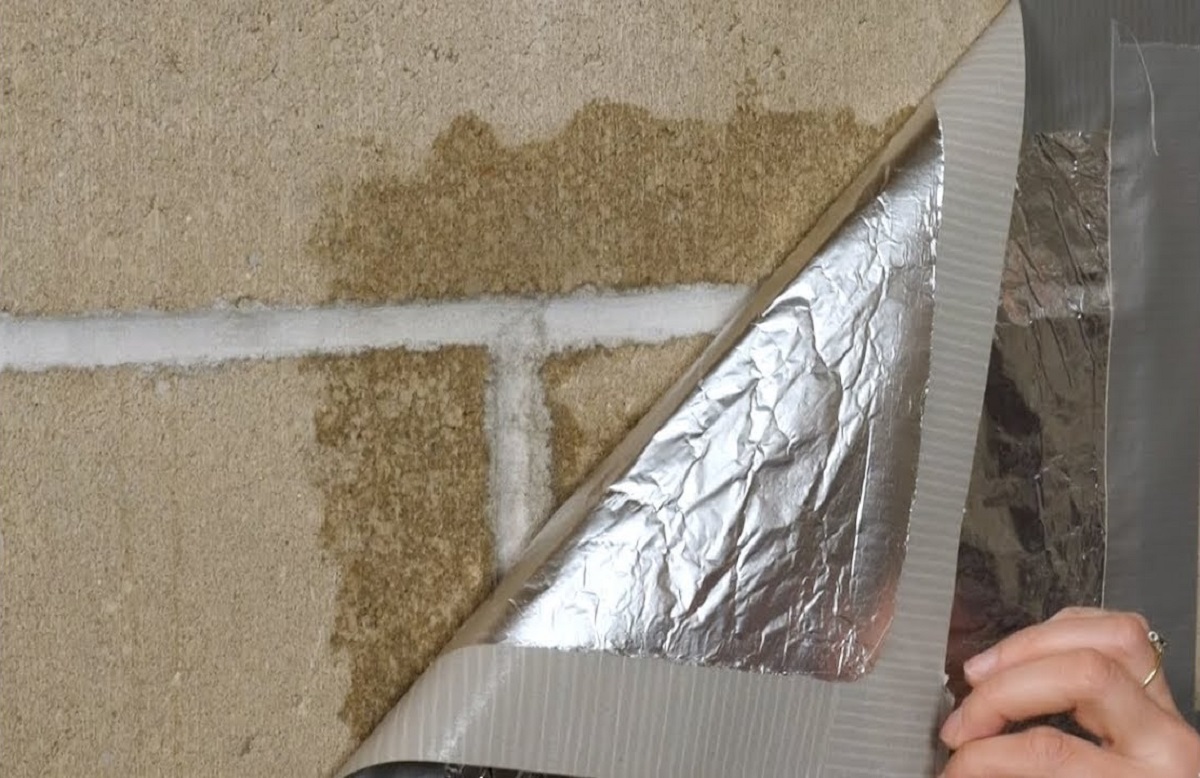
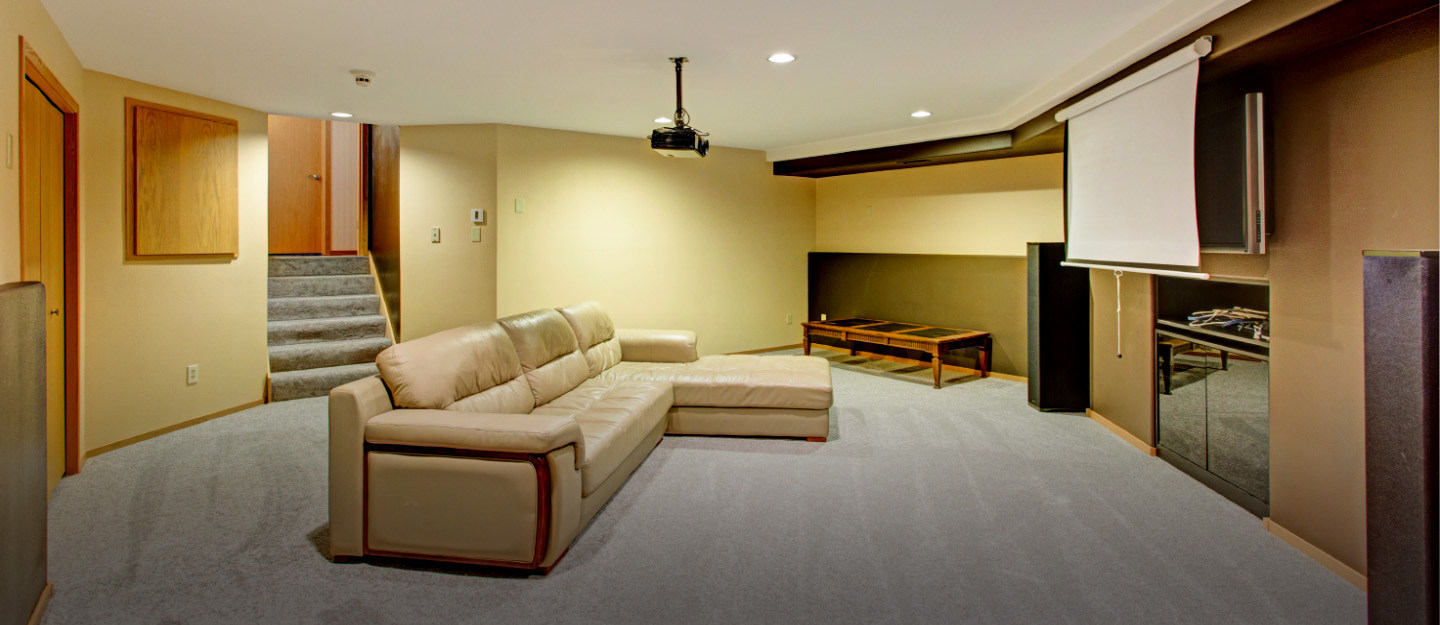

0 thoughts on “How To Keep Humidity Out Of Basement”